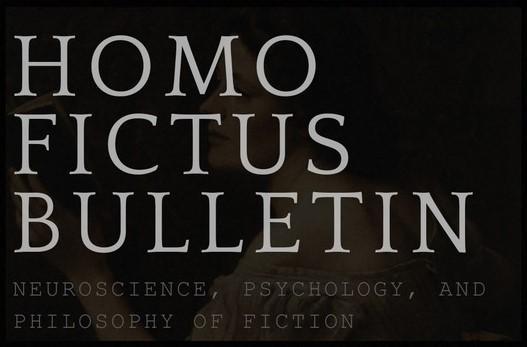Stories are intertwined with our daily lives. We share stories about our recent experiences, such as visiting a flower garden with friends, watching movies or TV shows, or even reading fictional narratives. These activities often reflect how we engage with fiction. In this context, it seems that some stories are more popular than others. Why is that? What techniques make certain stories more appealing to readers while others fade
into obscurity? Researchers have attempted to answer this question. Knight et al. (2024) focused on a storytelling technique called ‘narrative reversal’ and explored whether it predicts a story’s popularity. Narrative
reversal is a storytelling method where the expected outcome of a story is
flipped on its head, e.g., see this: a detective tries to catch a thief,
but then finds out the thief was actually returning stolen items to their
rightful owners. This technique often surprises audiences by challenging their
assumptions and subverting common tropes. In the brief story above, readers
initially expect a typical crime narrative—a hero pursuing a criminal. However,
the twist reveals that it’s the other way around. The researchers hypothesize
that the extent of narrative reversal can predict a story’s popularity and how
engaged readers become with it.
Study overview
To test their hypothesis, Knight and colleagues employed
computational linguistics methods to analyze a large dataset of novels. They
studied 8,663 English-language novels spanning genres from war and to fantasy.
The sample only included texts categorized as “fiction” or “literature” and
containing at least 50,000 words. The source of these novels was the Project
Gutenberg dataset, as curated by Gerlach and Font-Clos.
To measure narrative reversal in the collected novels, the
study utilized a computational approach that analyzed the affective trajectory
of the texts as the narratives unfolded. The affective trajectory refers to the
emotional tone or sentiment of the story as it progresses. The researchers used
a trend detection algorithm to pinpoint moments in the narrative where
significant changes in sentiment (e.g., shifts from positive to negative)
occurred, identifying these moments as reversals. According to the study, “the
identifying facet of a narrative reversal is an observable shift in the valence
of the story”.
In addition to narrative reversals, they also measured the
magnitude of these reversals. According to them, “every moment in a good story
should either introduce a new ‘turn,’ increasing reversal quantity, or build to
a greater ‘opposite,’ increasing reversal magnitude” (p. 2). The magnitude of
reversals was quantified by measuring the average size of these sentiment
changes, indicating the extent of emotional shifts occurring at each reversal
point.
To assess popularity, they used download counts from Project
Gutenberg as a proxy. The researchers hypothesized that novels with more
frequent and larger reversals would have higher download rates.
Findings
They found that novels with a higher number of reversals and
larger average magnitudes were significantly more popular, as indicated by
download counts. This result held true even after controlling for several
confounding factors, such as sentiment volatility, novel length, publication
year, genre, stylistic differences, and story types.
Surprisingly, they found that the same pattern applied to
other media, such as movies and TV shows. Narrative reversals in these formats
also predicted popularity.
Overall, the research shows that turning points in stories
are essential for their popularity; the more a story employs the narrative
reversal technique, the more readers are drawn to it. The implications of this
study offer practical insights for creators in fields such as filmmaking and
writing. By understanding the power of narrative reversals, storytellers can
craft more engaging narratives and enhance overall audience engagement.
For detailed information, please refer to the original article.
Knight, S., Rocklage, M. D., & Bart, Y.
(2024). Narrative reversals and story success. Science Advances, 10(34),
eadl2013. https://doi.org/doi:10.1126/sciadv.adl2013
Picture Credit.
“The book worm and her favorite book” by Will Houghton




